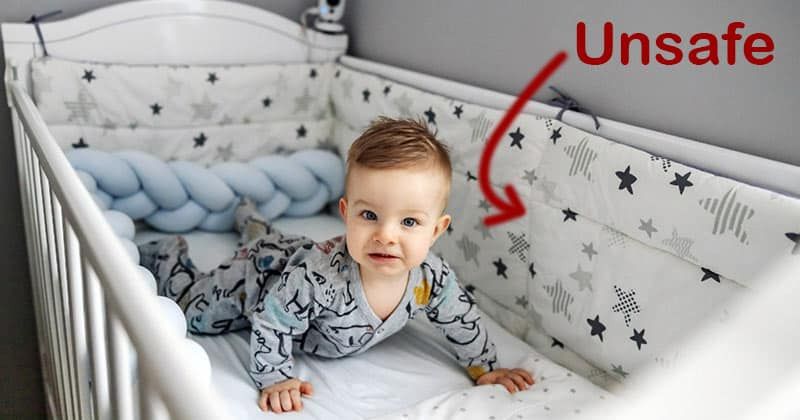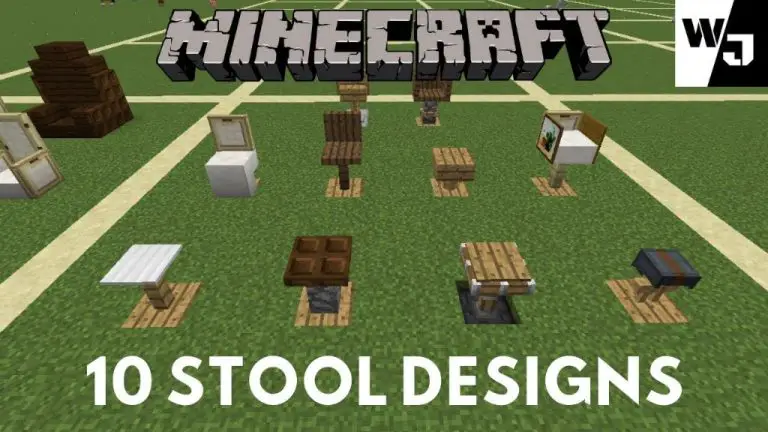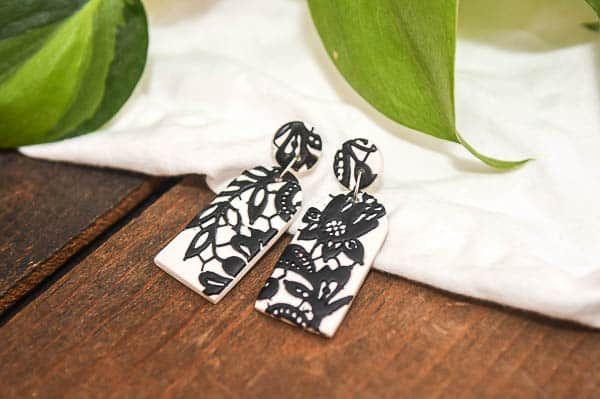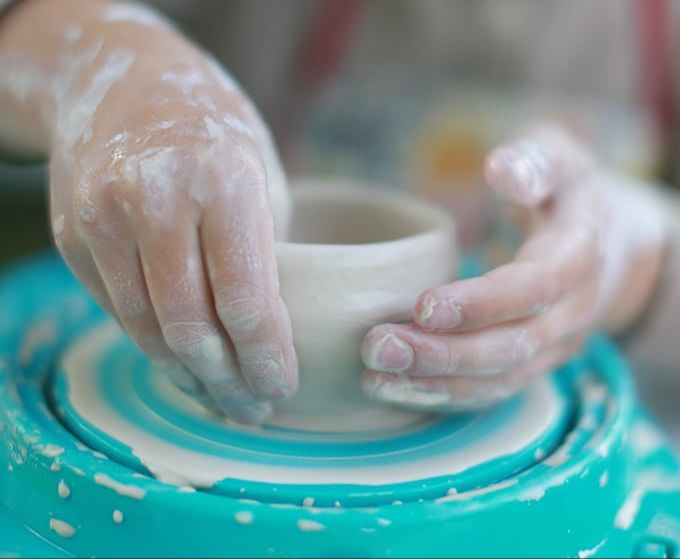How Low Does Kendall Crib Go?
The Kendall crib by Pottery Barn Kids has become one of the most popular cribs on the market in recent years. According to research by The New York Times, the Kendall is a top pick among experts for its high-quality construction, attractive design, and reasonable price point (1). With versatile finishes like white, gray, and natural wood, the Kendall crib complements a wide range of nursery designs.
While the Kendall may not convert to a toddler bed like some competitors, its clean lines and scaled-down size make it a nursery staple for many parents. The crib is part of Pottery Barn Kids’ larger Kendall furniture collection, allowing parents to invest in a matching, coordinated look if desired. Reviews indicate that it’s also relatively quick and easy to assemble.
With its stellar reviews and ubiquity, the Kendall has secured its spot as one of today’s most sought-after cribs for modern and stylish nurseries. Its popularity spans various online and print publications, registry checklists, and parenting forums.
Standard Crib Height
The standard height for most cribs on the market is around 35 inches (Wayfair). This allows caregivers to easily reach over the railing to access the baby. According to safety standards from the Consumer Product Safety Commission, crib sides must be at least 26 inches from the mattress support at its lowest level to prevent falls. Most cribs meet this requirement with a typical height of 35 inches. The slats on the crib sides should also be no more than 2 3/8 inches apart to avoid entrapment (West Elm).
Kendall Crib Height Range
The Kendall convertible crib by Pottery Barn Kids has an adjustable mattress height with multiple positions. The lowest mattress setting is around 24 inches from the floor to the top of the mattress platform.
According to the product details on the Pottery Barn Kids website, the mattress platform height on the standard Kendall crib can be adjusted to the following heights: 10.75″, 15.75″, 20.75″. The Kendall petite fixed gate crib has a lower height range with the mattress platform adjustable to: 8.75”, 13.75”, 18.75” (Pottery Barn Kids).
So the lowest mattress setting on the petite Kendall crib is about 24 inches from the floor. This lower height range makes it easier to reach into the crib without excess bending.
Advantages of a Lower Crib
Lowering the mattress in your baby’s crib comes with several advantages that can make life easier for both you and your little one.
One key benefit is that a lower mattress position makes it simpler for parents to reach into the crib to access their baby for things like comforting, changing diapers, and lifting your child in and out. Without having to stretch and strain over high crib rails, parents can attend to their baby’s needs more easily and avoid back pain associated with hunching over.
Additionally, lowering the crib mattress can reduce the risk of injury from falls as your baby begins pulling up, standing, and eventually attempting to climb out. With less distance between the mattress and top of the crib, there is decreased potential for serious injury if your baby were to tumble over the bars. The American Academy of Pediatrics recommends lowering the mattress once your baby can sit up by themselves to mitigate danger.
Overall, dropping the crib mattress height allows you to continue using the crib safely for longer. It makes caring for your little one simpler while also preventing potentially dangerous mishaps during this transitional stage of growth and mobility.
When to Lower the Crib
Most experts recommend lowering the crib mattress when your baby is around 5-6 months old and can sit up on their own (1). At this age, babies are starting to push up onto their hands and knees and pull themselves up – meaning they could potentially climb out of the crib if it is still at the highest setting.
According to Newton Baby, once your baby can get into a seated position unassisted, you should lower the mattress down to the middle height setting (2). This is usually around 12 inches from the top of the mattress to the top of the crib rail.
Lowering the crib at this stage reduces the risk of falls and injuries if your baby tries to stand up or climb out. Keeping the mattress in the middle position will also make it easier for you to lift your baby in and out as they grow bigger and heavier.
Sources:
(1) https://www.potterybarnkids.com/tips-and-ideas/pbk/when-to-lower-crib/
(2) https://www.newtonbaby.com/blogs/hush/when-to-lower-crib
Lowering the Crib Over Time
As your baby grows taller, you’ll want to gradually lower the mattress in their crib. Most experts recommend keeping the mattress at the highest setting for newborns and infants under 3 months old. This helps prevent falls and injuries. According to Cleveland Clinic, you can start lowering the mattress once your baby is able to push up onto their hands and knees. This typically happens between 5-8 months old.
The American Academy of Pediatrics recommends lowering the mattress to the lowest setting once your child can stand up on their own. This usually occurs sometime between 18 months and 3 years old (The Dom Family). By this point, you may want to start transitioning your toddler out of the crib altogether.
Consult your crib’s instruction manual on how to lower the mattress height safely. Make adjustments in increments, dropping it down a level every few weeks or months as needed. This gradual transition helps your child adjust to the new height over time. Avoid large drops between settings to reduce injury risk.
Safety Tips

It is vital that parents follow basic safety tips to ensure the crib is safe for babies to sleep in. According to the CPSC, some key tips include:
Don’t use crib bumpers or soft bedding. Crib bumpers have been tied to injury and death. Soft pillows, blankets, stuffed animals and other items can increase the risk of suffocation (Source: Crib Safety Tips for Babies).
Watch for head entrapment. Make sure the slats are not more than 2 3/8 inches apart. A baby’s head could become lodged between wider spaced slats (Source: Crib Safety Tips).
Check that the mattress fits snugly. Make sure no more than two fingers can fit between the edge of the mattress and crib side. Gaps can trap and suffocate babies.
Lower the mattress as the child begins standing. Adjust to the lowest level once baby can pull up to avoid falls.
Ensure the crib meets current safety standards. New cribs must meet CPSC standards; old cribs likely do not and should not be used.
Regularly inspect for loose, missing or broken parts. Tighten any loose bolts, screws or knobs. Do not use a crib with any missing, loose or broken parts.
Transitioning Out of the Crib
Most children are ready to transition from a crib to a toddler bed between 2-3 years old. Although some children may be ready as early as 18 months, experts recommend waiting until at least age 2 to make the switch. This helps ensure your child is developmentally ready to sleep in a “big kid bed” and understands boundaries about staying in bed at night.
Signs your toddler may be ready for a toddler bed include: climbing out of the crib, asking for a bed verbally, becoming curious about siblings or peers sleeping in beds, or reaching 35 inches tall (the typical height a child can climb out). Moving to a toddler bed around age 2-3 accommodates these developmental changes while maintaining a safe sleep environment.
It’s recommended to wait until at least age 2 to transition to avoid injuries from falling out of bed and issues with wandering around the room/house at night. However, you can start introducing the idea around 18-24 months by reading books, talking about “big kid beds,” and involving your toddler in selecting new bedding. With preparation and safety precautions, the crib to bed transition can go smoothly.
Sources:
https://www.whattoexpect.com/toddler/crib-to-toddler-bed
https://www.sleepfoundation.org/children-and-sleep/when-to-switch-to-toddler-bed
Crib Alternatives
If a standard crib doesn’t fit your needs, there are some other safe options to consider:
Convertible cribs are designed to transition into a toddler bed, daybed, or full-size bed as your child grows. This allows you to continue using the same piece of furniture and saves costs over time. Convertible cribs come in standard and mini sizes.
According to The 5 Best Crib Alternatives of 2023, mini cribs are great options for small spaces. They are smaller than standard cribs but meet the same safety standards. Mini cribs range from about 2-5 feet long and 1-3 feet wide.
Mini cribs can be on wheels to easily move from room to room. Some parents opt for a mini crib in their bedroom for the first few months before transitioning their baby to a standard crib.
Conclusion
In summary, the Kendall crib is designed to go as low as 6 inches off the ground, which is lower than the standard crib height of around 30-35 inches. The lower height has several advantages, including easier access for parents lifting babies in and out, easier transition from a bassinet, reduced risk of climbing or falling out, and longer usability as your child grows. Lowering the crib over time can help aid the transition to a toddler or big kid bed when the time comes. While lowering the crib does come with some safety considerations like checking for head entrapment risks, with proper precautions it can help provide a safer and easier experience for both parent and child during the crib stage.
The Kendall crib’s adjustable low height offers versatility, convenience and security for families throughout the early years. Knowing the range it can go down to and properly lowering it as your child develops can help maximize the benefits and value of this design feature.






